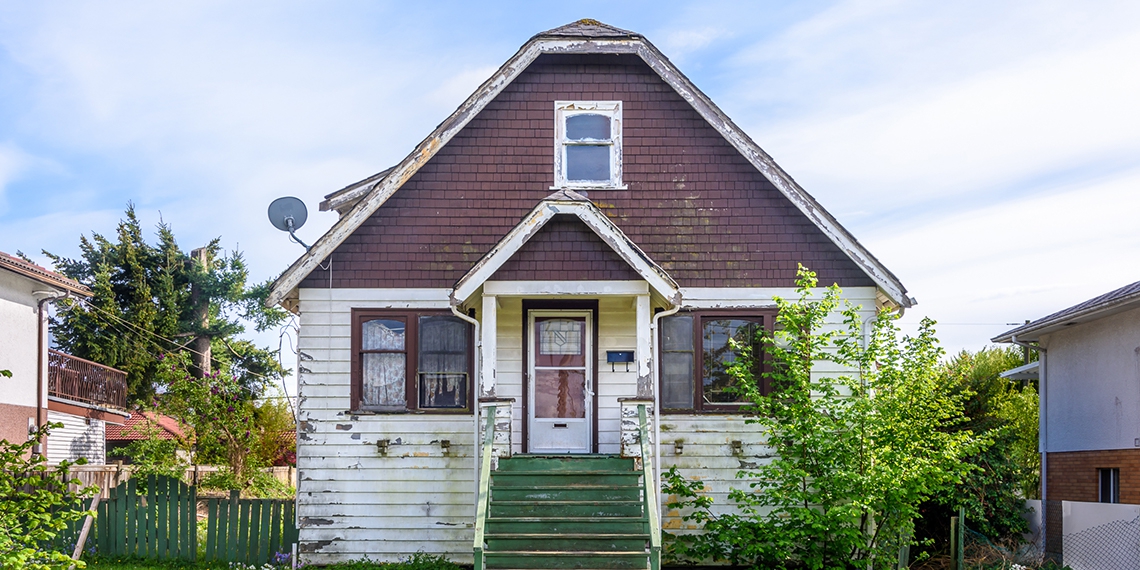
- On August 22, 2017
- In People, Affordable Housing
Beyond City Limits: The Affordable Housing Crisis in Rural America
This year, we’ve explored the critical need to preserve the financial accessibility and socioeconomic diversity of Greater Boston, from policy to local activism. However, the cost of living is rising in many other U.S. communities, with residential expenses acting as a major component. According to a 2017 U.S. Department of Housing and Urban Development report, 8.3 million low-income households faced “worst case” needs in 2015, either spending more than one-half of their income on housing costs or residing in inadequate living conditions – or both – without government assistance. Yet, the affordable housing landscape differs in cities, like Boston, and rural localities. In order to promote housing stability for all U.S. residents, we’ve provided an overview of the challenges non-metropolitan areas face in the fight to preserve the affordability and safety of their communities. What’s the status? Only about 19.3 percent of the U.S. population lives outside of urban and suburban areas. However, financial insecurity is pervasive, with approximately 17.7 percent of rural residents living below the poverty line. According to the Federal Reserve’s Community Advisory Council (CAC) – of which IBA CEO Vanessa Calderón-Rosado is a member – much of this poverty can be attributed to the decline of extractive industries and agriculture, restricted access to new markets, lacking or outdated technical infrastructure and minimal public transportation. Many of these low-income residences are confronted with housing concerns not often faced by metropolitan areas. The National Rural Housing Coalition estimates that six percent of rural homes are “moderately or severely substandard,” lacking access to basic amenities traditionally offered by urban municipalities, such as sewage systems, heating, clean water and plumbing. This, in combination with aging structures and a lack of funding for improvements, frequently leaves such households unsafe for residents. What tools are in place? Programs like Low-Income Housing Tax Credits (LIHTC), a federal initiative that issues tax credits to state housing agencies, and Boston’s Inclusionary Development Policy (IDP), a stipulation requiring developers to either incorporate low-cost residential units into new constructions or contribute funds to affordable housing programs, aren’t as successful outside of urban markets. For instance, according to the Federal Reserve’s CAC, LIHTC scoring favors investment in large-scale developments over rehabilitative or small construction projects that are more common in rural communities. This has resulted in a shortage of funding available for the creation of new or maintenance of pre-existing affordable housing units in isolated areas. Among other sources, funding is available through the U.S. Department of Agriculture’s 502 Direct Loan, which finances the purchase or renovation of affordable residences in smaller communities. However, the program has experienced funding setbacks in recent years, decreasing from $2.1 billion in 2010 to approximately $828 million in 2013. As individuals and families across the country struggle to afford or find safe, accessible housing, it’s vital that communities come together to strategize and implement policies that serve the needs of all residents. At IBA, we will continue to advocate for the necessity of equal opportunity housing within our own community, as well as on a national level. We are proud to be working to develop housing opportunities for low-income households and minority residents in Boston. For more information on how you can support IBA, please visit our page: /donate/...
